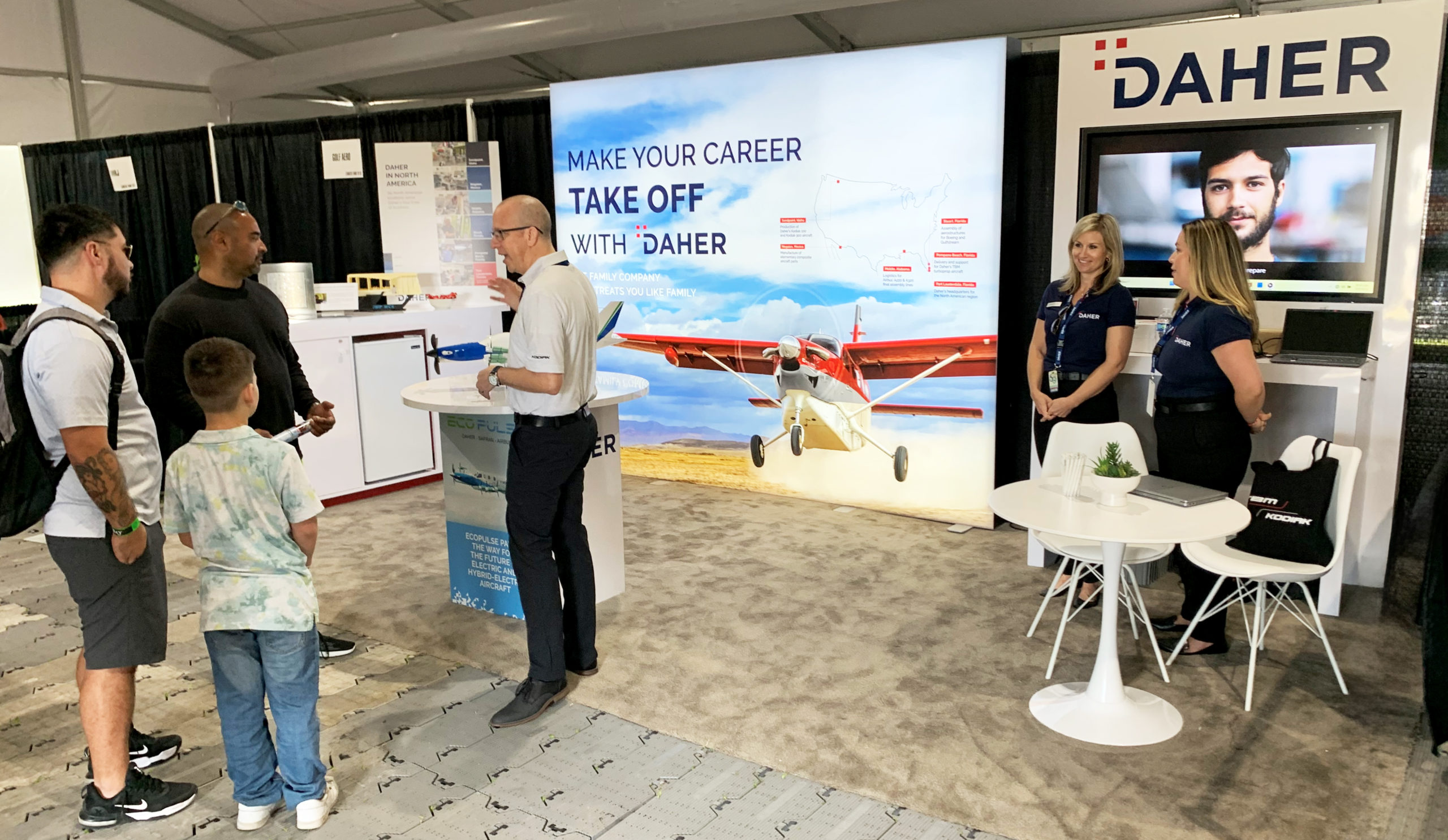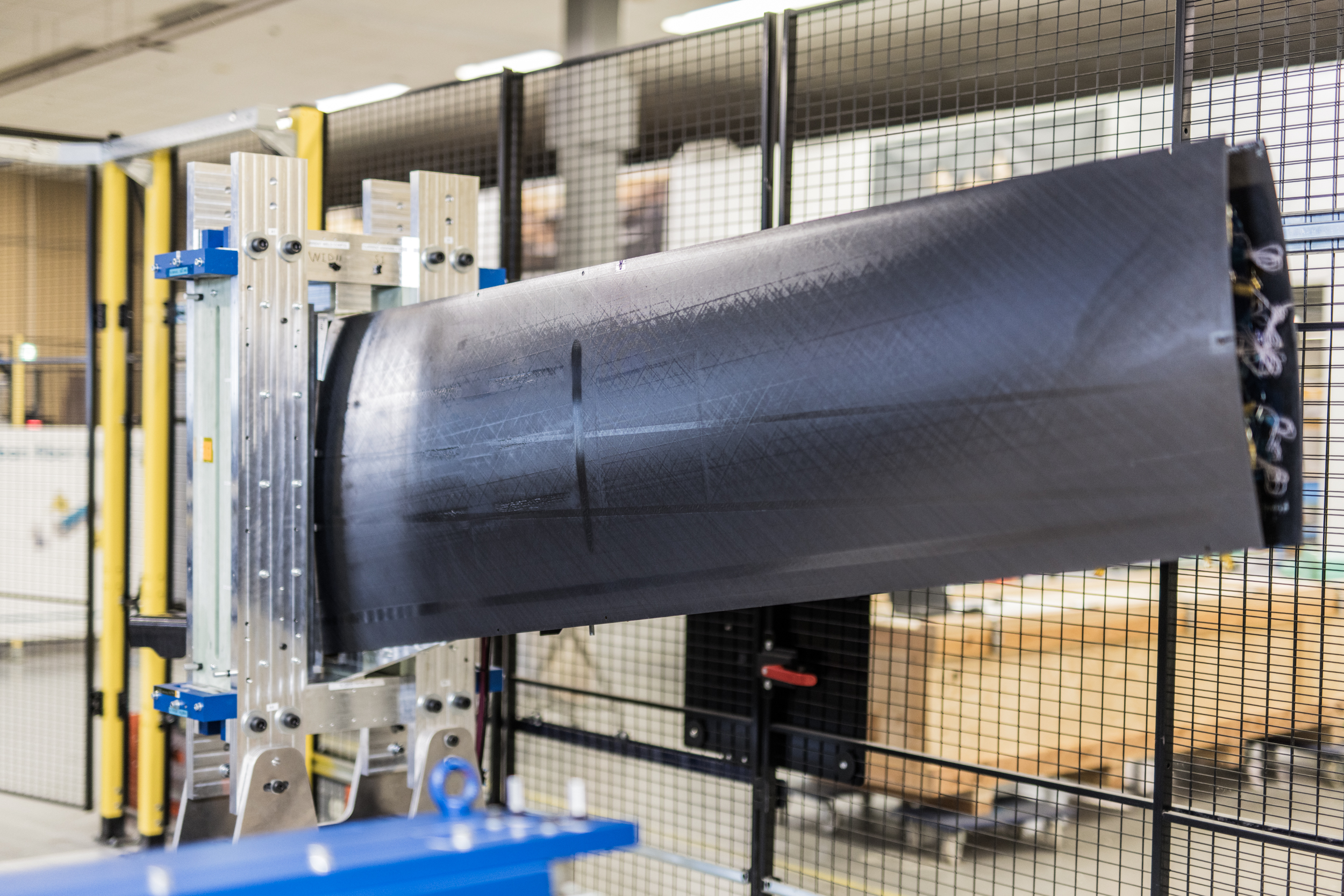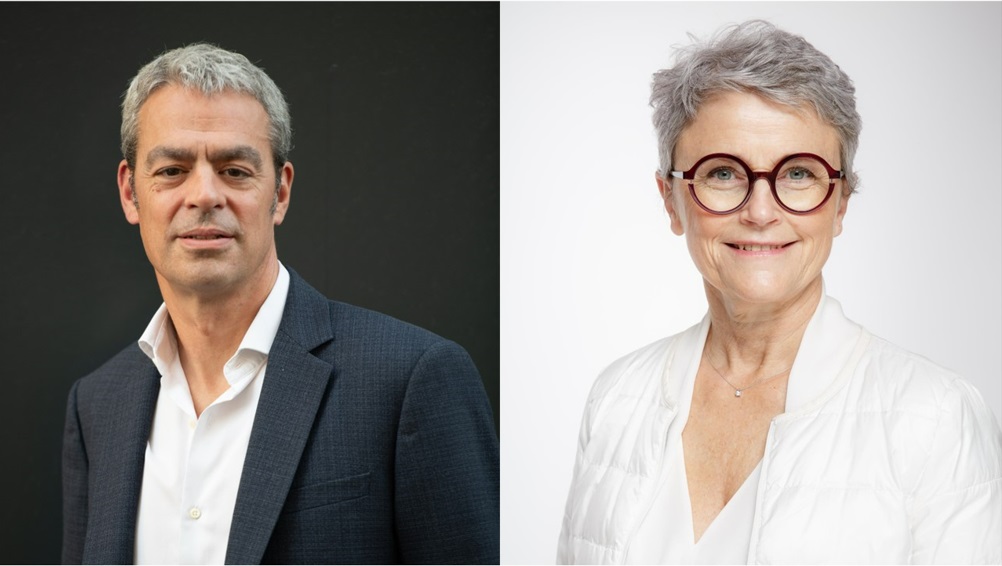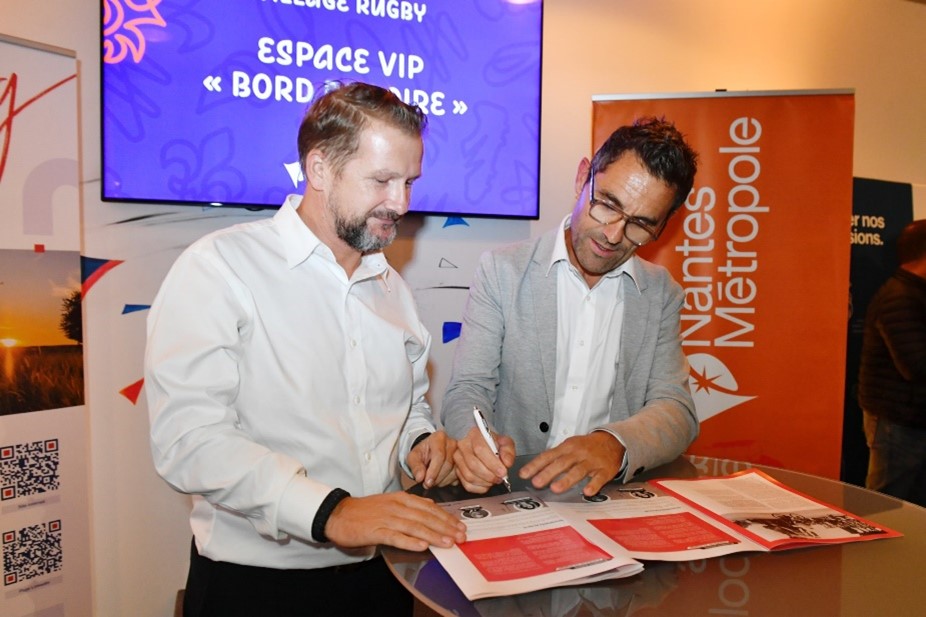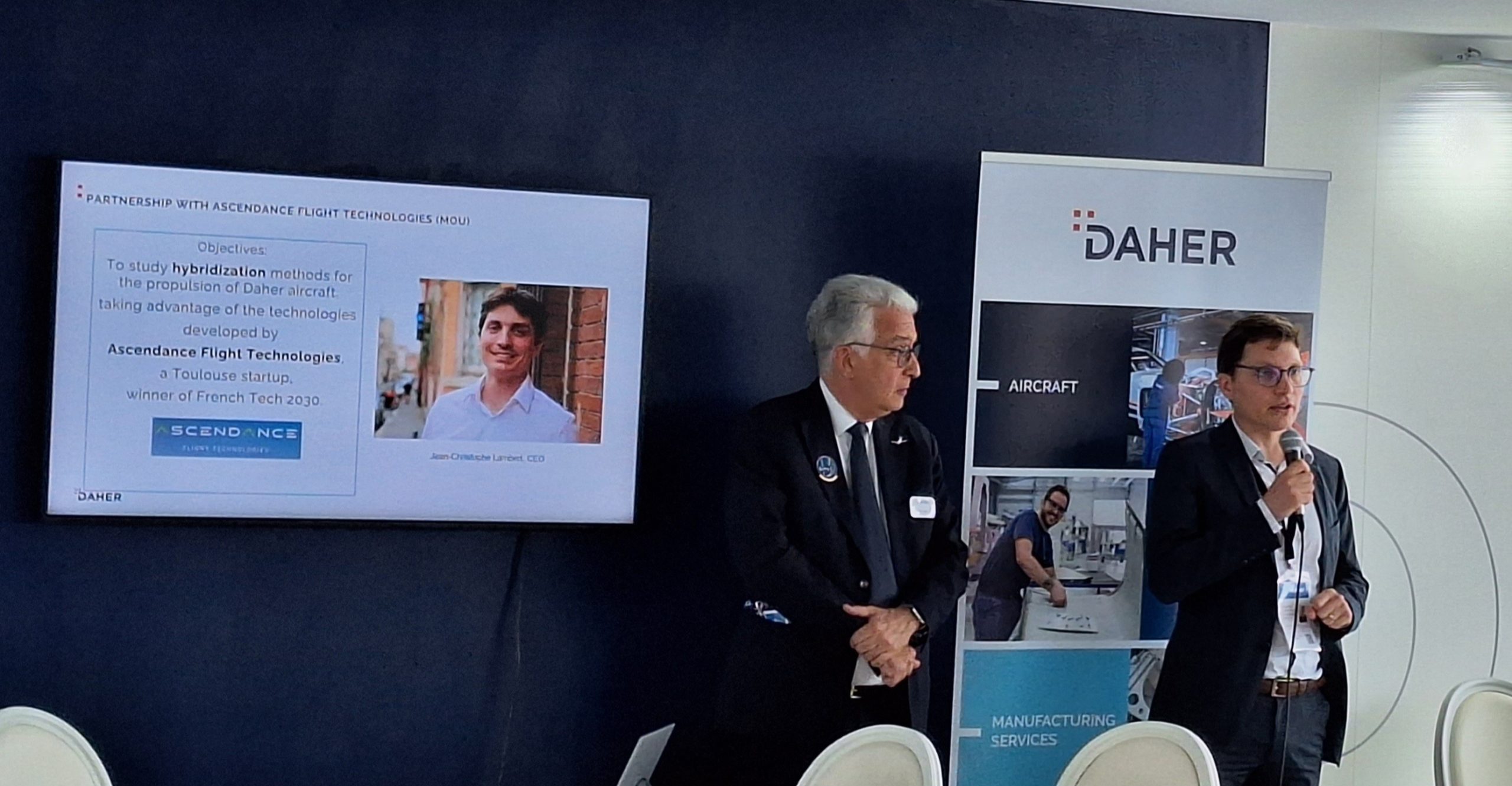(Published with the kind permission of Air & Cosmos)
Daher is doing everything in its power to stay ahead of its competitors in the race to develop the aircraft of tomorrow. Already recognized for its expertise in thermoplastics, the French group is certainly not turning its back on thermoset composites, whose fast-cure resins will offer the significantly shorter curing cycles required to meet the demands of aircraft manufacturers for higher production rates. An update on the situation today:
Daher has been working with composite materials for more than two decades, and has positioned itself distinctively apart from competitors through its use of thermoplastic composites. The acquisition of the Airbus thermoplastics workshop in 2009 led to the Bouguenais plant, near Nantes, becoming the largest of its type in the world.
Technological advance
The Group now wants to consolidate this enviable market-leading position. As Daher CEO Didier Kayat explained at the groundbreaking ceremony for the Shap’in TechCenter for composite materials (see inset): “We are recognized as being ahead of the technological curve in advanced composites for aerospace applications, and particularly in thermoplastics – which are more easily adapted to automated production, can be recycled, repaired and welded, and whose mechanical properties mean that less material is required, making structures lighter and delivering significant performance gains, at the same time as reducing an aircraft’s environmental impact.”
Its leadership puts the Group in an ideal position to address the needs of aircraft manufacturers who want to further ramp up commercial aircraft production rates, while at the same time respond to the challenges of delivering the technological step-changes needed to create low-carbon aircraft of the future.
In this respect, Daher already is involved in a number of projects, with support from CORAC (the French council for civil aeronautics research). Undoubtedly, one of the most advanced is the Airbus “Wing of Tomorrow” research and development program set up to perform preliminary development work on the wing that will equip the successor to the A320neo.
Having joined this program in 2018, the Group is still the only company to represent the French aerospace industry. As explained by Dominique Bailly, the Head of R&D at Daher:
“Our Saint-Aignan-de-Grandlieu site in the Loire-Atlantique region has redesigned five high-load thermoplastic ribs and a thermoset composite false spar (cured in an oven, rather than an autoclave, thereby reducing the cost of the component by between 5% and 10% – editor.). Last year, we supplied demonstrators #1 and #2 of these components to Airbus in Broughton and Filton (UK), where the company is building three full-size wings; the final demonstrator will follow shortly. A program to test the wings to the point of failure will begin next year. If all goes well, we could achieve Technology Readiness Level 6 (TRL6) upon the completion of testing,”
Shap’In delivers on Daher’s ambition to locate R&D with production
When it opens this November, the new Shap’In TechCenter will deliver on Daher’s ambition to energize a new and dynamic approach to innovation by bringing research and production closer together.
With a surface area of 1,600 square meters and an initial workforce of 160 (80 of whom will work exclusively on R&D projects), this new facility is located next to the first French production plant to be awarded the “Factory of the Future Showcase” label in 2015. Daher also describes this production plant as: “One of the most advanced of its kind in Europe, or even in the world, for the production of thermoplastic composite components for aerospace applications.”

Focusing on the NSA
As a member of the Ecoprop project alongside Airbus and Safran, the Group currently is working on two engine environment work packages for the future NSA (New Single-Aisle) aircraft.
The first is a thermoplastic air inlet component for the engine. Completely redesigning the air inlet will certainly save weight, but the extent of the weight gain remains confidential at this stage. The second work package includes the engine pylon’s secondary structures, where the choice of material has yet to be made. This is one application where the new generation of thermoset composites could come into its own, using fast-cure resins to deliver very significant time savings during the curing stage (see inset). This program, which launched last year and will continue until 2024, gives Daher an excellent opportunity to exploit the expertise acquired in the production of RSS (Rear Secondary Structure) work packages for the A320ceo and A320neo programs.
Even more opportunities for thermoset composites
It’s true that thermoset composites have a small number of drawbacks that prevent them from achieving ever-increasing production rates or being included in low-carbon aircraft.
They must be stored in freezers before use, and even then must be utilized within a year of production. Once cured, these materials are irreversible, so unlike thermoplastics, they can’t be reworked in the event of a defect. Lastly, they require very long curing times in autoclaves whose energy costs have soared in recent months.
In response to these potential constraints, Daher has successfully begun the process of transitioning to non-autoclaved thermoset composites. This new solution eliminates the manufacturing cycle bottleneck created by the autoclave stage in a production environment. Adopting the adage: “Find the right solution in the right place and embrace technological change,” Daher is now planning to reinvest in a new generation of thermoset composites that will dramatically reduce curing cycles to under one hour.
Additionally, Daher has been providing leadership and management for France’s most extensive thermoplastics research project since its launch in 2020. Known as TRAMPOLINE 2 (TheRmoplAstic coMPosite for hOrizontal tail plaNE), this project represents a new step-change in technology by introducing no-rivet thermoplastic induction welding. Making this transition will deliver weight savings of between 5% and 10%, as well as significantly reducing assembly times for sub-assemblies. The first practical step in this direction will be taken in 2023/2024, with the production of a full-scale demonstrator of a thermoplastic torque box welded to the fixed horizontal tailplane of an aircraft. It will then be tested through the end of 2024 to validate this new technology.
In parallel, the Daher R&D teams will continue to work on high-load thermoplastic ribs to further optimize their weight. Here again, it will be the ongoing design studies around welding processes that will facilitate further weight gains. The third goal for TRAMPOLINE 2 is the design, production and testing of a second torque box designed to meet the needs of commercial aviation (CS 25), since the NSA program is the ultimate target for all the work carried out around the TRAMPOLINE 2 project.
A world’s first
In addition to programs led by CORAC, Daher is involved in a number of other projects, the majority of which involve the engine environment and wings. The first of these concerns the air inlet bulkhead for the giant Rolls-Royce UltraFan engine (which has a 3.56-meter fan diameter). The delivery of the first thermoplastic composite bulkheads last year was a world’s first. Their installation proved trouble-free, removing any doubts about potential challenges in this respect. The experience gained will definitely benefit the NSA program.

“We’re also working on the design of thick thermoplastic parts of the kind used in central wing box components,” says Daher Chief Technology Officer Pascal Laguerre. In the meantime, Daher will leverage its expertise in new materials to apply these technologies to its own range of TBM aircraft. A certification awarded in mid-December 2021 now enables the aircraft manufacturer to replace the current machined metal control pedals with a new design produced using recycled thermoplastics. While their weight remains the same, the new pedals will be 75% less expensive.
Lastly, its ongoing monitoring of developments for hydrogen tanks positions the Daher Group as a strong contender for involvement in all – or some – of the new programs now being developed by civil aircraft and engine manufacturers for the future.
Olivier Constant
(Air & Cosmos, n°2780, 04/29/2022)
